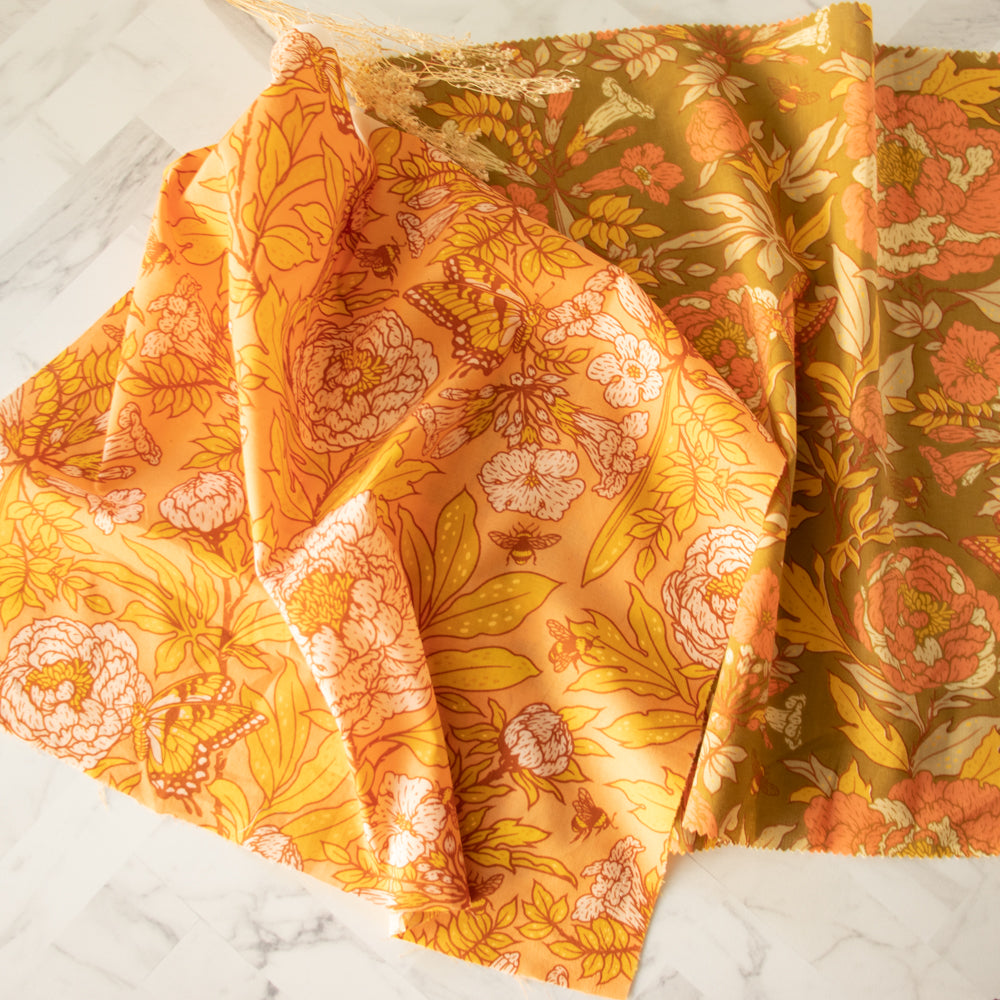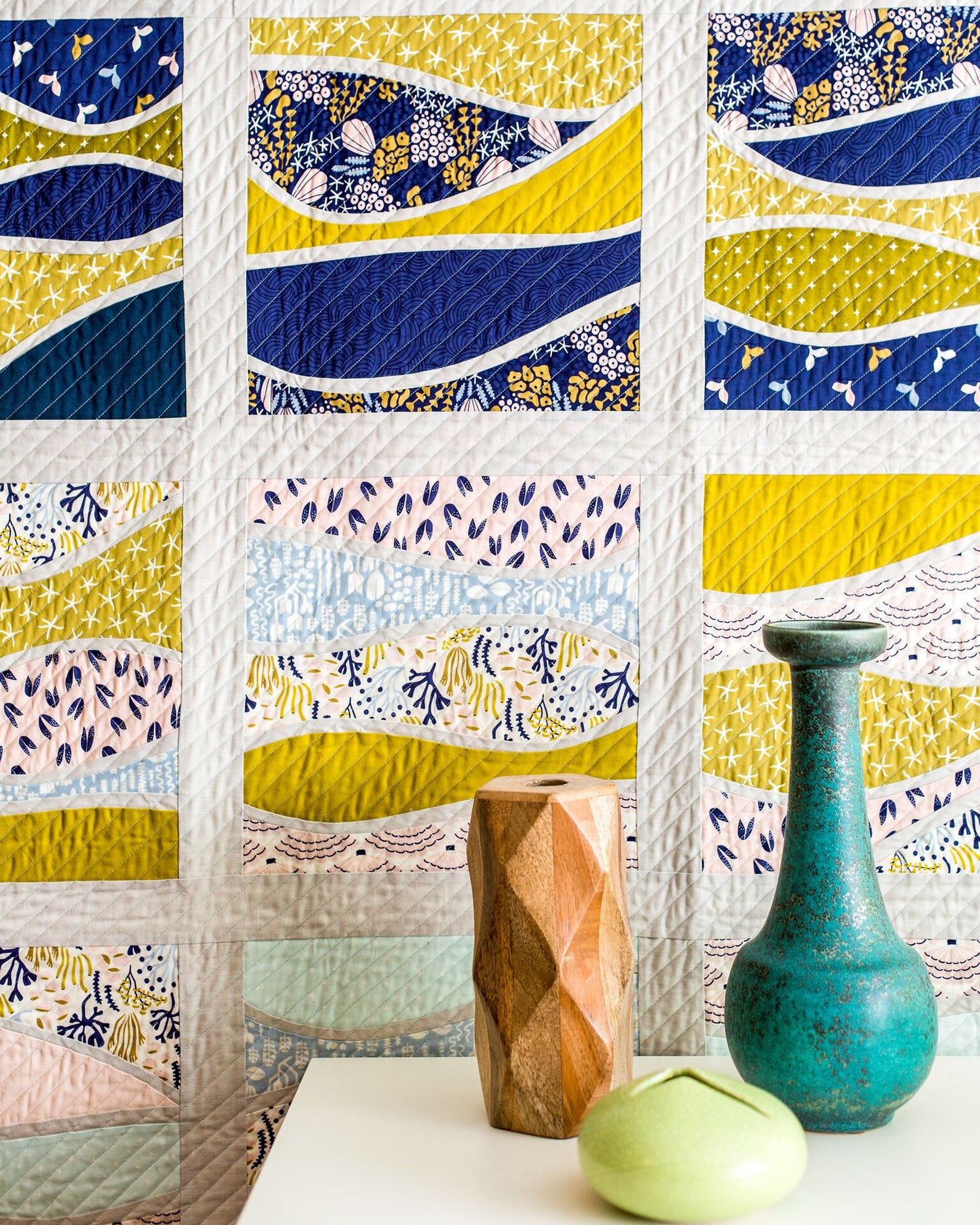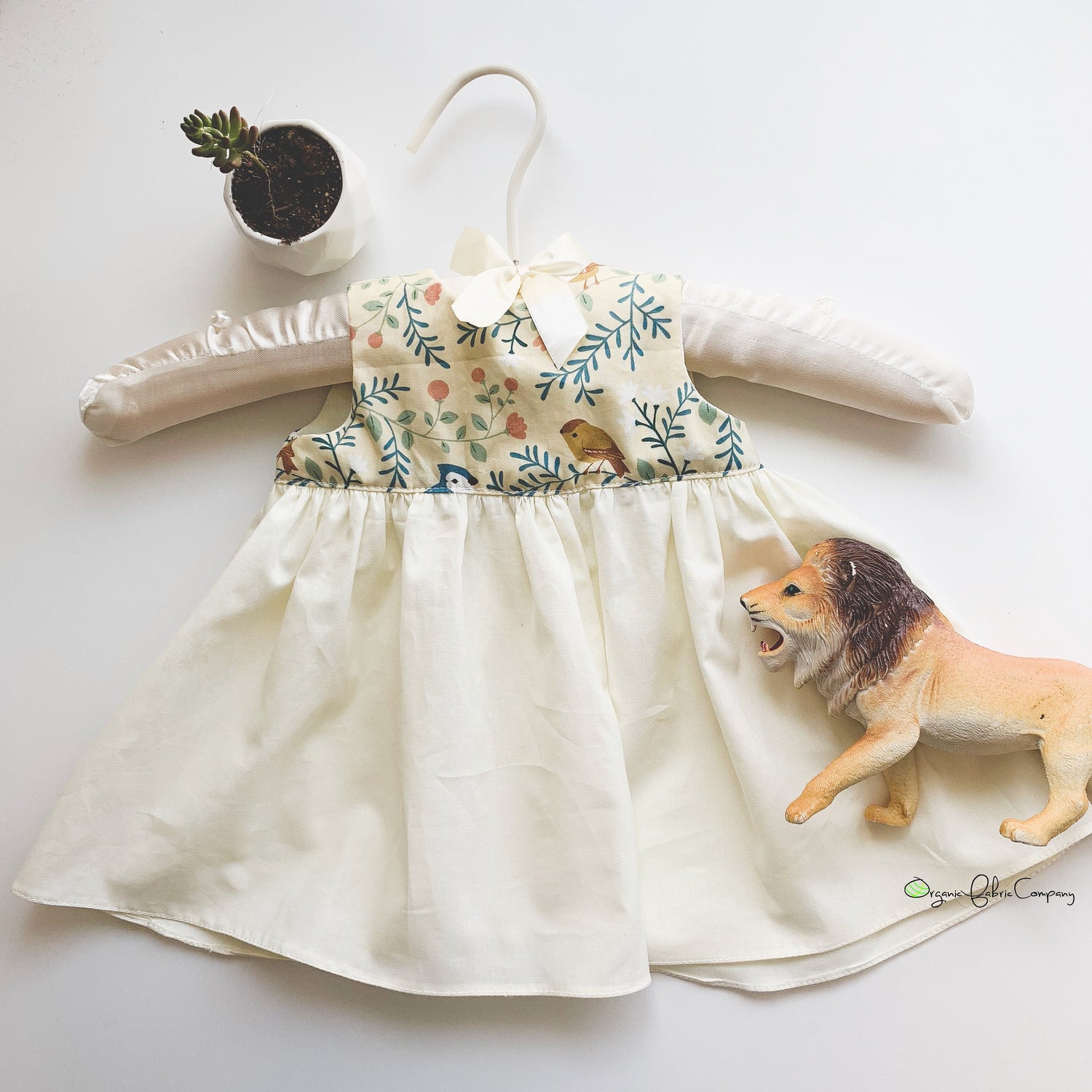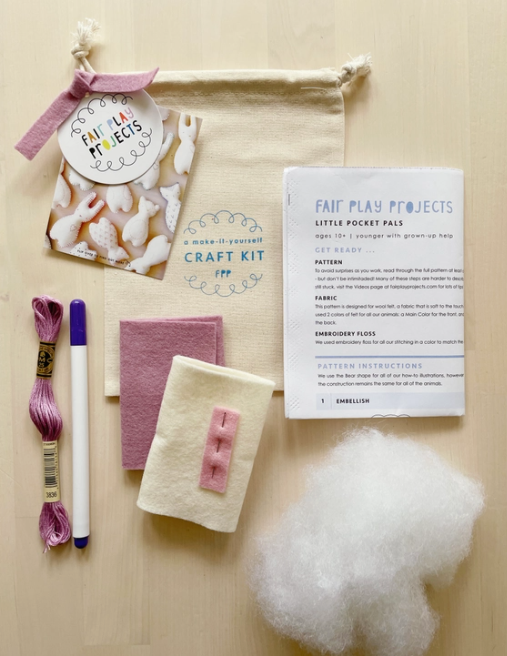
Dyeing Textiles with Natural Materials
Dyeing cotton fabric at home using natural dyes is a fun and easy way to add a personal touch to your wardrobe or home decor. Not only is it environmentally friendly, but it also produces unique and beautiful results.

Materials Needed:
- Cotton fabric
- Natural dye materials (see below for suggestions)
- Stainless steel or enameled cast iron pot
- Water
- Salt or vinegar (depending on the dye material)
- Strainer
- Protective gloves
- Stirring spoon
- Measuring cups
There are many materials that can be used to create natural dyes for cotton fabric. Here are some common ones:
- Onion skins: produce a range of yellow to orange shades
- Turmeric: creates bright yellow hues
- Blackberries: produce shades of purple
- Avocado pits: create soft pink shades
- Beetroot: produces pink and red shades
- Tea or coffee: produces light brown hues
- Indigo: creates a range of blue shades

Method 1: Hot Dyeing
This method involves simmering the fabric in a pot with the natural dye material. Here's how to do it:
- Pre-wash the fabric if desired. New unwashed fabric and absorb dyes better if its a prepared for dye variety like we carry in shop. Otherwise, it might be better to pre-wash and remove oils natural to fibers.
- Fill a large pot with enough water to fully submerge the fabric.
- Add the natural dye material to the pot and stir well.
- Heat the pot on medium-high heat until it reaches a simmer.
- Add a tablespoon of salt to the pot if using plant-based dyes or a tablespoon of vinegar if using fruit-based dyes. This helps the fabric absorb the dye.
- Add the fabric to the pot and stir well to ensure it is fully submerged. You can be creative and use rubber bands to tie-dye your fabric!
- Simmer the fabric for 30 minutes to an hour, stirring occasionally.
- Turn off the heat and let the fabric soak in the dye while it cools for a few hours or overnight (overnight is better).
- Remove the fabric from the pot and rinse it thoroughly with cold water until the water runs clear.
- Hang the fabric to dry.
Method 2: Cold Dyeing
This method involves soaking the fabric in a natural dye mixture overnight. Here's how to do it:
- Pre-wash the fabric.
- Fill a large pot with enough water to fully submerge the fabric.
- Add the natural dye material to the pot and stir well.
- Add a tablespoon of salt to the pot if using plant-based dyes or a tablespoon of vinegar if using fruit-based dyes. This helps the fabric absorb the dye.
- Submerge the fabric in the pot and stir well to ensure it is fully covered with the dye mixture.
- Cover the pot with a lid or plastic wrap and let it sit overnight.
- Remove the fabric from the pot and rinse it thoroughly with cold water until the water runs clear.
- Hang the fabric to dry.
Tips and Tricks:
- To create different shades of the same color, adjust the amount of natural dye material used or the length of time the fabric is soaked in the dye.
- Adding a tablespoon of alum powder to the dye mixture can help the dye adhere better to the fabric.
- Wear gloves when handling natural dyes to avoid staining your hands.
- Experiment with different natural dye materials to create unique and interesting color combinations.
- Use natural fibers such as cotton or linen for best results.






